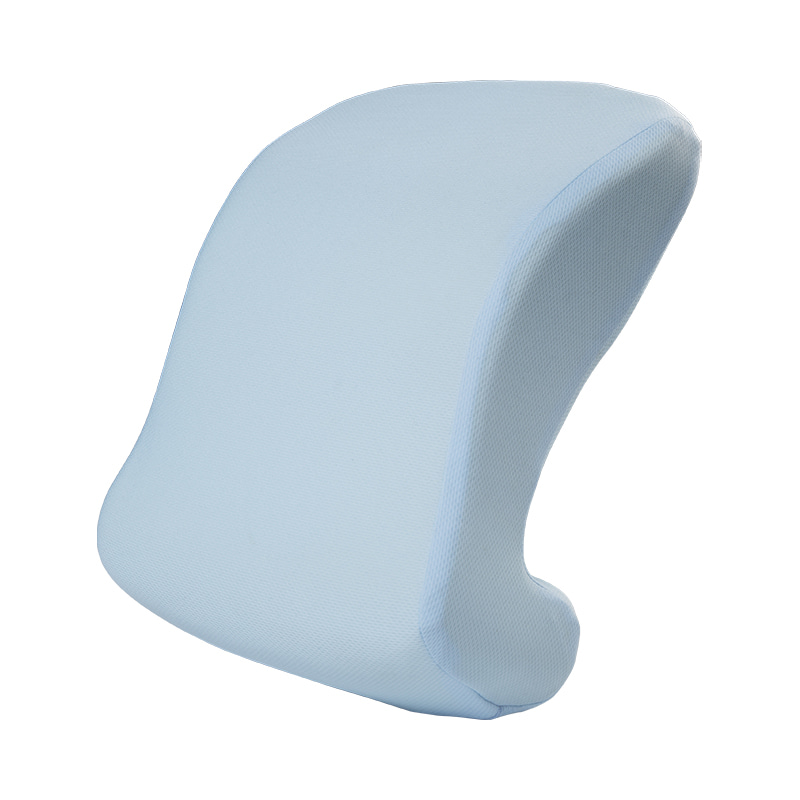Whether the design of Nap Pillows can meet the needs of different environments depends mainly on its functionality, portability, material selection and the diversity of applicable scenarios. The following analyzes whether Nap Pillows can meet the needs of different environments from several key aspects:
1. Scenario adaptability
Office lunch break
In an office environment, Nap Pillows usually need to be lightweight, easy to store, and provide good neck support. Some designs (such as U-shaped pillows or J-shaped pillows) can fit well on the back of a chair or desktop, helping users maintain a comfortable posture during a short break.
Long-distance travel
For use on transportation such as airplanes, trains or cars, the stability and portability of Nap Pillows are particularly important. For example, a U-shaped pillow can help stabilize the head and prevent it from shaking left and right during bumps; while an inflatable pillow is easier to carry and is suitable for situations where luggage space is limited.
Taking a nap at home
When used at home, Nap Pillows can be used as a supplement to traditional pillows, especially for taking a nap on the sofa or floor. Some designs may focus more on softness and comfort rather than portability.
Outdoor Activities
If Nap Pillows are made of waterproof and dustproof materials, and are lightweight and small in size, they are very suitable for outdoor activities such as camping and hiking. Such pillows usually take into account durability and comfort.
2. Functionality and ergonomic design
Cervical support
One of the core functions of Nap Pillows is to provide support for the neck to avoid soreness caused by improper posture. Ergonomic design can adapt to different body shapes and sleeping positions by adjusting the height, curvature and filling of the pillow to meet the needs of various environments.
Multi-angle support
Some Nap Pillows provide adjustable designs, such as removable fillings or bendable structures, which can adjust the shape of the pillow according to the user's needs to adapt to different sleeping positions (such as sitting, side sleeping or prone sleeping).
3. Material and comfort
Breathability
In hot environments (such as summer or tropical areas), the breathability of Nap Pillows is crucial. Pillows with memory foam, gel materials or mesh fabrics can help dissipate heat and avoid stuffiness and discomfort.
Durability and cleanability
Different environments have different requirements for the durability and cleanability of pillows. For example, in outdoor activities, waterproof and stain-resistant materials are more suitable; while in indoor environments, soft and skin-friendly materials may be more popular. If the pillow can be machine washed or cleaned quickly, it can better meet the needs of multiple scenarios.
4. Portability and storage
Lightweight design
The portability of Nap Pillows directly affects its applicability in different environments. Inflatable or foldable pillows are very suitable for travel or commuting due to their small size and light weight.
Storage convenience
Some Nap Pillows come with a special storage bag for easy carrying. This design is especially suitable for people who travel frequently or like outdoor activities.
5. Diversity of user groups
Different body shapes and sleeping positions
Does the design of Nap Pillows take into account the needs of different body shapes (such as people with short or long necks) and sleeping positions (such as back, side or stomach sleeping)? A good Nap Pillow should be able to flexibly adapt to these differences and meet the needs of more users.
Age-level suitability
Is Nap Pillows suitable for people of different ages? For example, children may need a smaller, softer pillow, while adults may be more concerned about support and comfort.
Whether the design of Nap Pillows can meet the needs of different environments depends on its comprehensive performance in terms of functionality, portability, material selection and ergonomics.